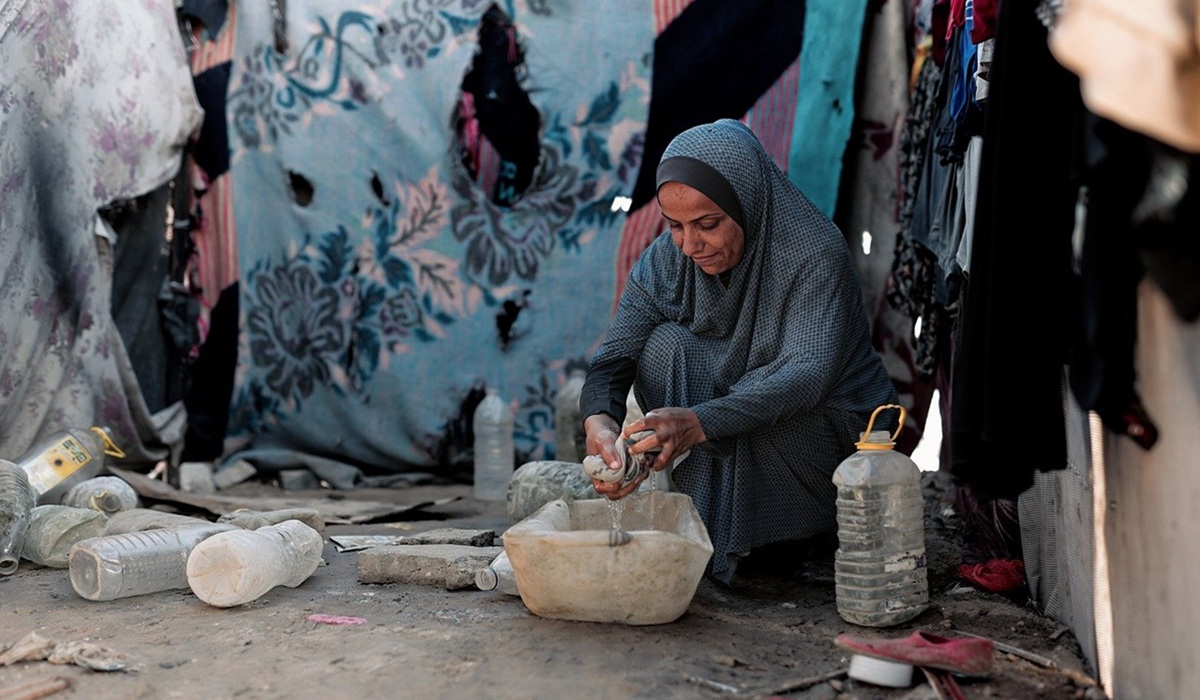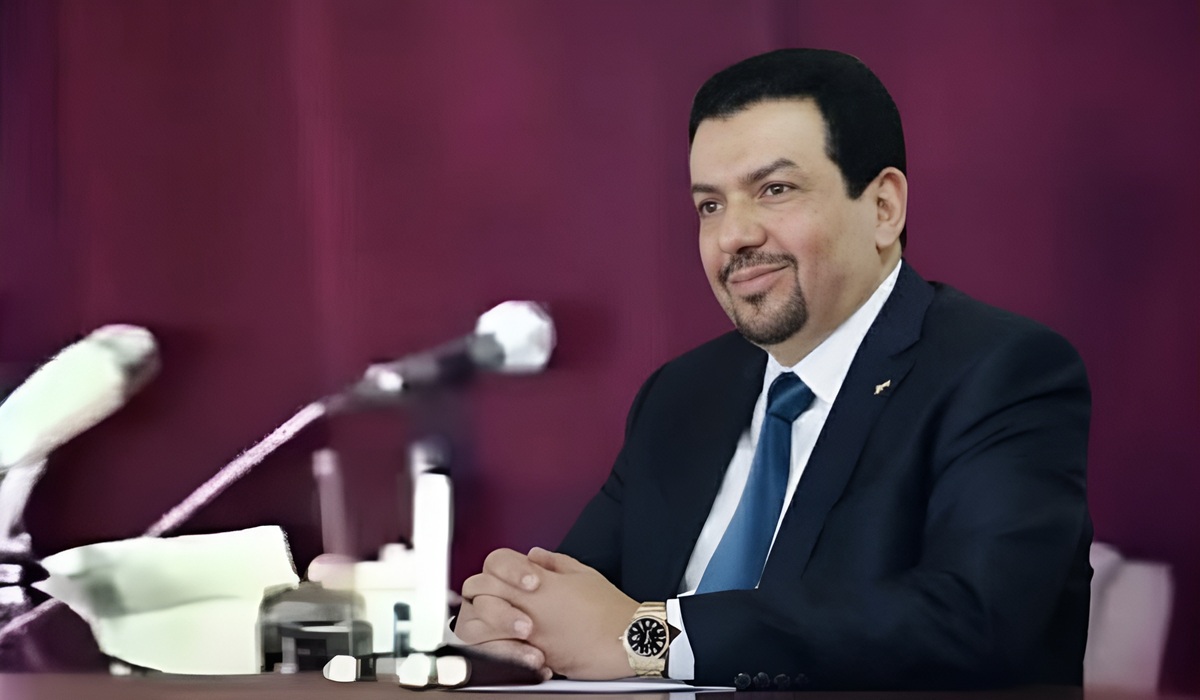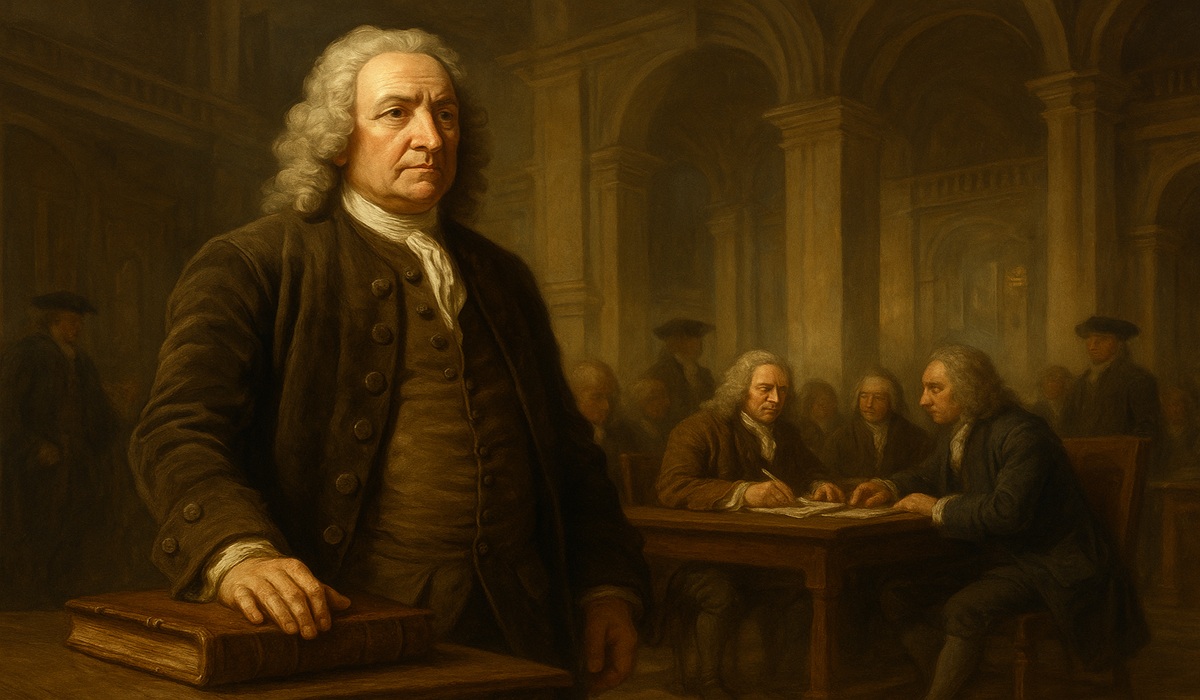Image Credit: Hosny Salah
Donald Trump’s recent Gaza plan, a 20-point proposal backed by Benjamin Netanyahu, presents itself as a roadmap to end one of the most brutal cycles of war in recent memory. On paper, it promises ceasefire, release of hostages, humanitarian aid, reconstruction, and a demilitarised Gaza. But beneath the diplomatic gloss lie alarming risks – to Palestinian rights, identity, and the very notion of justice. What looks like peace could, in many respects, be an engineered erasure.
From the outset, the plan’s structure is heavily weighted towards Israeli and U.S. priorities. Hamas is asked to disarm, relinquish governance, release hostages unilaterally, accept external oversight; Israel’s withdrawal is conditional, gradual, and vague. The plan includes an International Stabilisation Force and a technocratic Palestinian government, overseen by foreign actors. Palestinians are given limited agency over their future. In contrast, Israeli control over security and the right to define when conditions are met for withdrawal – without clear mechanisms – cements dominance.
This imbalance threatens to relegate Palestinians to passive subjects of decisions rather than active agents of change. It mirrors past patterns of control and occupation, masked in new institutional forms – and this time, with fewer guarantees.
One of the most chilling components is the implicit (and sometimes explicit) push for large-scale “voluntary” relocation. Though Trump frames relocation as voluntary, legal experts, UN experts, and Arab states warn that the proposal violates core tenets of international law: forced displacement and mass transfer of civilian populations are prohibited under the Fourth Geneva Convention and the Rome Statute.
Even the label “voluntary” rings hollow in a context where life has become unlivable—destroyed infrastructure, lack of medicine, famine risks, ongoing siege. When people are forced by conditions to leave, the coercion is real, even if not openly declared. And displacement of this scale threatens the Palestinian identity rooted in land, memory, community—dispossession that cannot easily be repaired.
While the plan makes vague references to a “path” toward statehood, it in practice sidelines sovereignty, refuses to recognize Hamas (which has a large base in Gaza), and shifts governance toward technocratic oversight rather than democratic legitimacy. It offers no firm timetable for return, for self-governance, or for the resolution of core issues: Jerusalem, refugees and borders.
Moreover, Netanyahu’s caveats make explicit what many feared: a refusal to allow a real Palestinian state as a reward for the conflict. By demanding Palestinian surrender in many dimensions but offering little in return beyond reconstruction, the plan risks consolidating occupation rather than ending it.
The legal risks are grave. Forced transfers, denial of self-determination, expropriation of land—all could be war crimes or crimes against humanity. As UN experts put it, to “take over” Gaza, relocating its inhabitants at large, would violate the bedrock of the post-World War II legal order.
Regionally, the plan threatens massive instability. Jordan and Egypt, already under strain hosting refugees, have little appetite for further influxes. Social, economic, and political stresses could multiply. Arab states, many of which insist on a sovereign Palestinian state as a condition for normalization with Israel, are deeply uncomfortable endorsing anything that looks like displacement or annexation by proxy.
Another danger lies in the erosion of trust. Palestinians are unlikely to accept a peace that lacks dignity, fairness, and recognition. Many see this not just as another “plan” but as another iteration of long-standing injustice. Without clear guarantees, without meaningful inclusion, without accountability, resistance will persist—politically, legally, socially. The trauma of Gaza, of past displacements, of occupation, cannot be papered over by promises of “technocratic” governance or international oversight.
Moreover, even if parts of the plan are implemented, the scars—of destruction, displacement, loss—will endure. The social fabric of Gaza has been torn. Psychological and material ruin will take generations to rebuild. The absence of genuine self-determination—i.e., Palestinians deciding their own political, territorial, and civic future—means any outcome will feel imposed rather than agreed.
Trump’s Gaza plan may appear decisive, ambitious, even bold. But its core design reflects ambition without justice, rebuilding without reparations, security without sovereignty. For Palestinians, its consequences risk being devastating: loss of homeland, legal disenfranchisement, erasure of collective identity, further marginalization. A peace that fails to recognise rights, history, human dignity is no peace at all—it is subjugation by other means.
True peace in Palestine will come only when plans respect equality and law, when Palestinians are partners—never subjects—in their own destiny. Anything less must be recognized not as conflict resolution but as continuation of the violence of dispossession.









